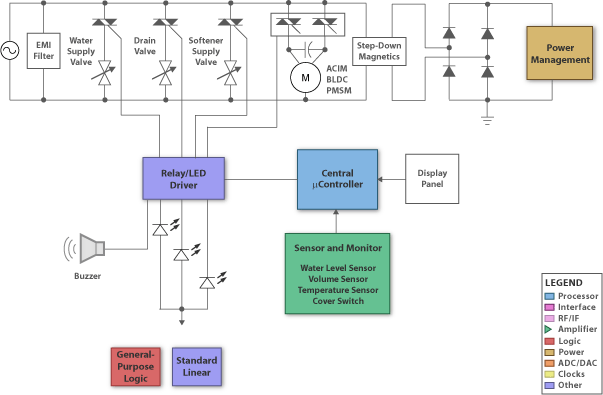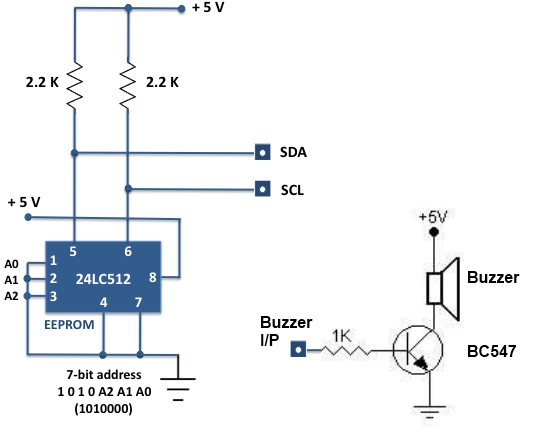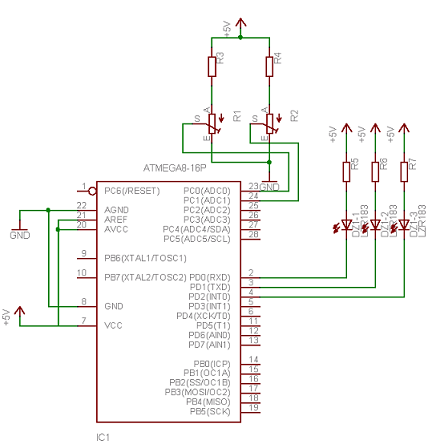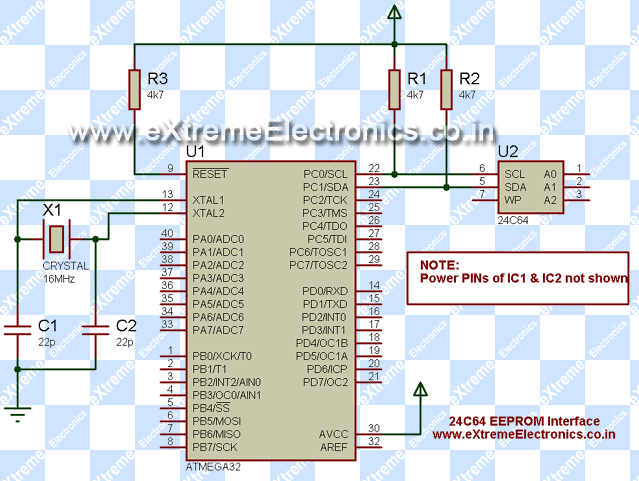
Exploring Microcontrollers

Many of today's appliances feature displays and buttons. Instead of relying on motors and gears, numerous household items now incorporate embedded microcontrollers. This exploration focuses on how to experiment with microcontrollers at home.
Microcontrollers serve as the central processing units for a variety of modern appliances, enabling them to perform complex tasks and respond to user inputs. These compact integrated circuits can manage tasks such as controlling LED displays, processing sensor data, and operating motors, all while maintaining low power consumption.
In a typical household setting, microcontrollers can be found in devices such as washing machines, microwaves, and smart home systems. They allow for enhanced functionality, such as programmable settings, user interfaces, and connectivity options like Wi-Fi or Bluetooth.
To experiment with microcontrollers at home, one can begin with a development board, such as the Arduino or Raspberry Pi. These platforms provide a user-friendly environment for programming and prototyping. A basic project could involve controlling an LED with a button, where the microcontroller reads the button's state and turns the LED on or off accordingly.
Further experimentation can include integrating sensors, such as temperature or motion sensors, to create more interactive and responsive systems. For instance, a temperature sensor could be used to automate a fan or heater, adjusting its operation based on the ambient temperature.
Additionally, the use of displays, such as LCD or OLED screens, can enhance user interaction by providing real-time feedback and information. By combining these components, a user can create a wide range of applications, from simple home automation systems to complex robotics projects.
Overall, the integration of microcontrollers in household appliances not only enhances functionality but also opens up opportunities for creativity and innovation through home experimentation.Today may of our appliances come with displays and buttons. Instead of motors and gears, many household items today have embedded Microcontrollers. We are going to explore how we can experiment with Microcontrollers at home.. 🔗 External reference
Microcontrollers serve as the central processing units for a variety of modern appliances, enabling them to perform complex tasks and respond to user inputs. These compact integrated circuits can manage tasks such as controlling LED displays, processing sensor data, and operating motors, all while maintaining low power consumption.
In a typical household setting, microcontrollers can be found in devices such as washing machines, microwaves, and smart home systems. They allow for enhanced functionality, such as programmable settings, user interfaces, and connectivity options like Wi-Fi or Bluetooth.
To experiment with microcontrollers at home, one can begin with a development board, such as the Arduino or Raspberry Pi. These platforms provide a user-friendly environment for programming and prototyping. A basic project could involve controlling an LED with a button, where the microcontroller reads the button's state and turns the LED on or off accordingly.
Further experimentation can include integrating sensors, such as temperature or motion sensors, to create more interactive and responsive systems. For instance, a temperature sensor could be used to automate a fan or heater, adjusting its operation based on the ambient temperature.
Additionally, the use of displays, such as LCD or OLED screens, can enhance user interaction by providing real-time feedback and information. By combining these components, a user can create a wide range of applications, from simple home automation systems to complex robotics projects.
Overall, the integration of microcontrollers in household appliances not only enhances functionality but also opens up opportunities for creativity and innovation through home experimentation.Today may of our appliances come with displays and buttons. Instead of motors and gears, many household items today have embedded Microcontrollers. We are going to explore how we can experiment with Microcontrollers at home.. 🔗 External reference

.jpg)



